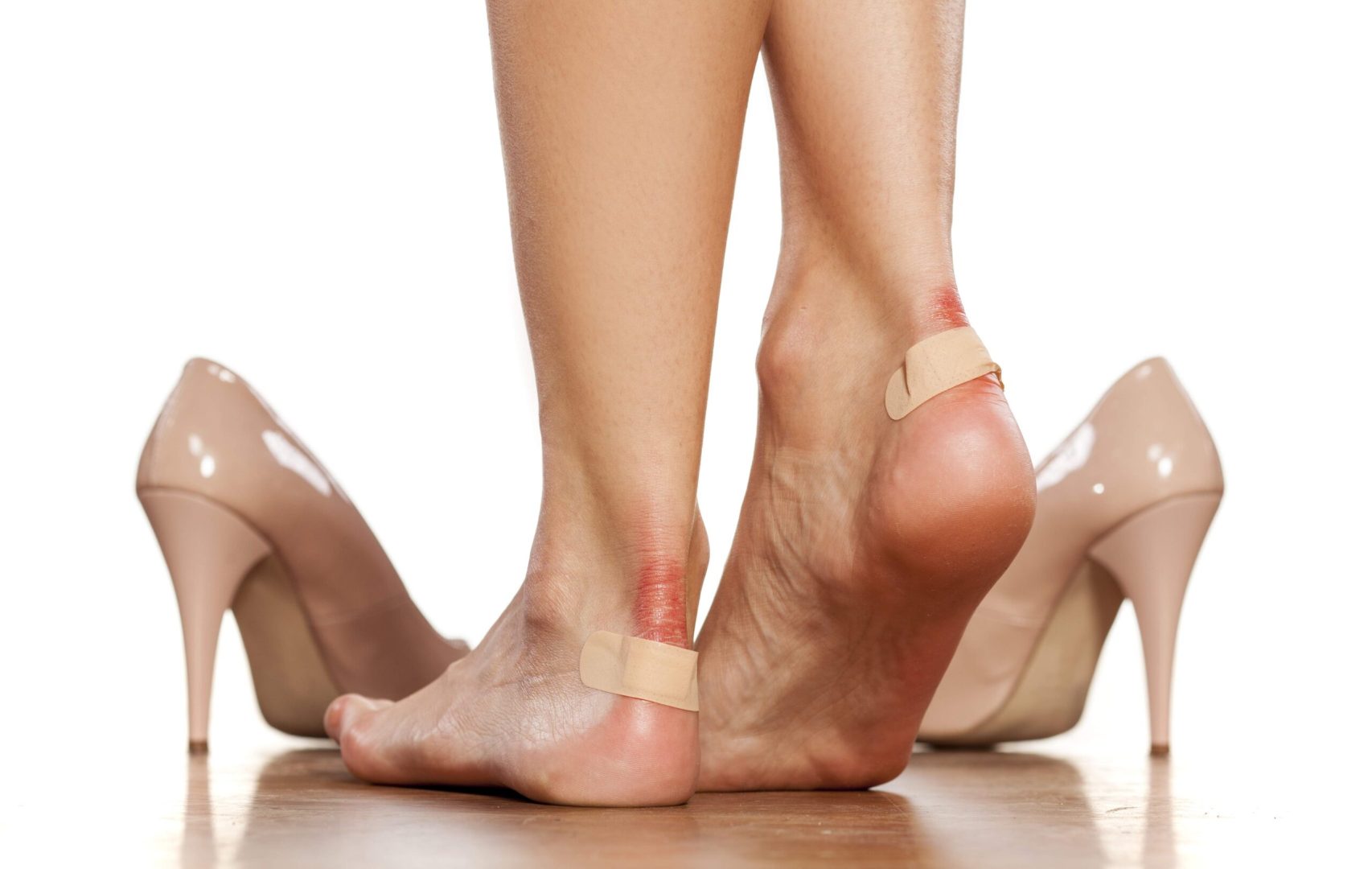A blister is a small pocket of fluid that forms on various areas of the body. It is common to develop blisters on your feet. It is, however, highly important to manage a blister promptly to avoid disruption to your daily activities such as walking or exercising.
Blisters are usually formed when there is excessive friction, pressure or moisture on particular areas of the skin.
Common causes of blisters:
- Ill-fitting Footwear
- Hyperhidrosis/Sweaty Feet
- Eczema
- Allergic Reaction
- Chicken Pox
- Burns
- Fungal Infection
- Chemical Exposure
How to prevent blisters?
- Wear cotton socks for better moisture absorption. Avoid socks made of nylon or synthetic materials
- Apply an antiperspirant spray if you have sweaty feet
- Wear appropriately fitted footwear. Shoes should not be too tight or narrow, which may cause friction
- Wear protective equipment when handling heat or chemicals
What should you do if you have a blister?
For mild blisters, you should cover the blister with a simple plaster for protection while it heals. They will naturally dry and heal on their own. You should never attempt to burst or drain a blister yourself as there is a high risk of causing infection once the blister is exposed.
If the blister is already exposed, do apply an antiseptic cream (e.g. betadine) and cover the area with a plaster. Keep your feet clean and dry as much as possible, and avoid wearing tight fitting shoes.
If the blister is painful and affecting your daily activities, you should seek treatment from a podiatrist, who will be able to help drain or deroof the blister using sterilised instruments, and advise on the appropriate aftercare to prevent recurrence or infection.
Feel free to seek free advice from our friendly podiatrists by sending in a photo of your blister to our Whatsapp service at +65 9175 4929.


